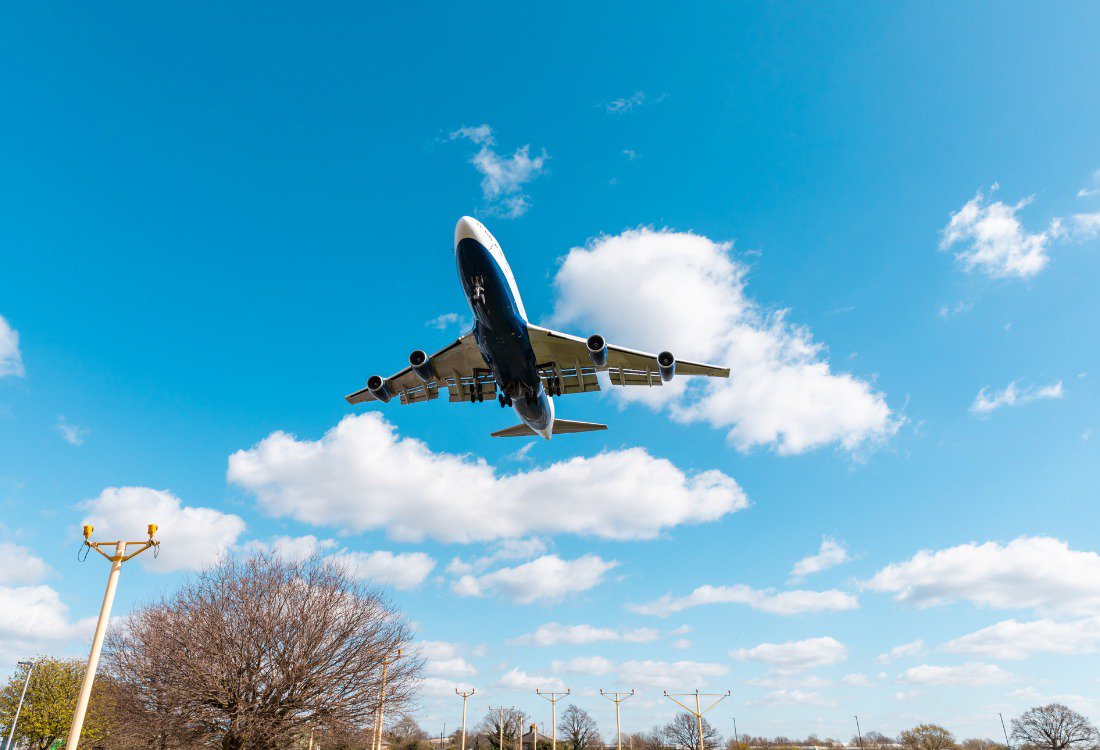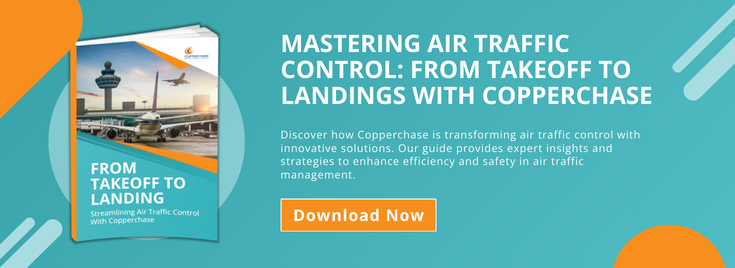Air Traffic Control (ATC) in the UK has dramatically evolved since its inception in the mid-20th century. When the Civil Aviation Authority (CAA) first began to formalise air traffic management, flight numbers were a fraction of today’s volumes. Today, National Air Traffic Services (NATS) oversees one of the busiest and most complex airspaces in the world. From its two primary centres at Swanwick and Prestwick, the service ensures millions of passengers reach their destinations safely and on time, despite the growing pressure on UK airspace.
Handling Massive Traffic Volume Safely
National Air Traffic Services manages over 2.2 million flights and around 250 million passengers each year, with some airports – in particular Heathrow, Gatwick, and Manchester – handling thousands of flights every day. This requires extraordinary precision to maintain safe separation between aircraft while minimising delays. Controllers rely on advanced technology, such as real-time radar data and advanced routing systems, as well as decades of experience to keep the airspace flowing seamlessly, even when severe weather or peak holiday traffic adds pressure.
Robust Safety Management Systems
NATS was among the first ATC providers in the world to adopt a formal Safety Management System (SMS), a structured approach which means that every risk, including technical faults and operational issues, is logged, assessed, and acted upon. By combining incident reporting with continuous monitoring and training, NATS has set a global benchmark for air traffic safety.
Embracing Innovation For Efficiency
Complex technology underpins modern ATC services in the UK. NATS deploys AI-driven systems, digital control towers, and advanced navigation methods to support its controllers. Innovations, such as Time-Based Separation at Heathrow, help to reduce delays caused by wake turbulence, while space-based ADS-B tracking over the North Atlantic allows more aircraft to fly optimum routes, thereby saving time and fuel while increasing passenger and freight capacity.
Resilient Infrastructure And Incident Response
Behind the scenes, NATS operates a highly resilient network. If a control tower becomes inoperable, operations can seamlessly switch to remote facilities, as demonstrated when London City Airport controllers relocated to Swanwick. However, challenges remain: the IT outage of August 2023 disrupted flights for nine hours, affecting 700,000 passengers and costing airlines up to £100 million in lost revenues. A subsequent CAA review called for stronger system resilience and improved communication protocols.
Find Out More
Effective Air Traffic Control depends on access to cutting-edge, tech-driven services and products to streamline operations. Whether you’re managing a major international hub or a small regional airport or airfield, Copperchase can help to improve efficiency and safety. Find out how we can transform your operations by calling Copperchase today. Alternatively, send us an enquiry and we’ll be delighted to assist you.
Image source: Canva



